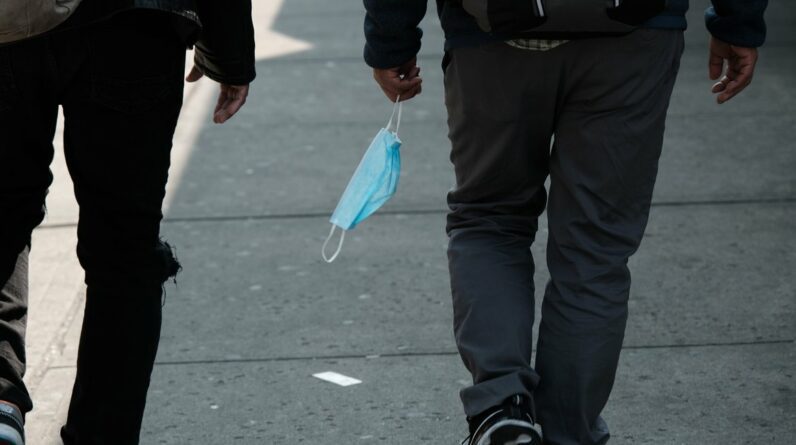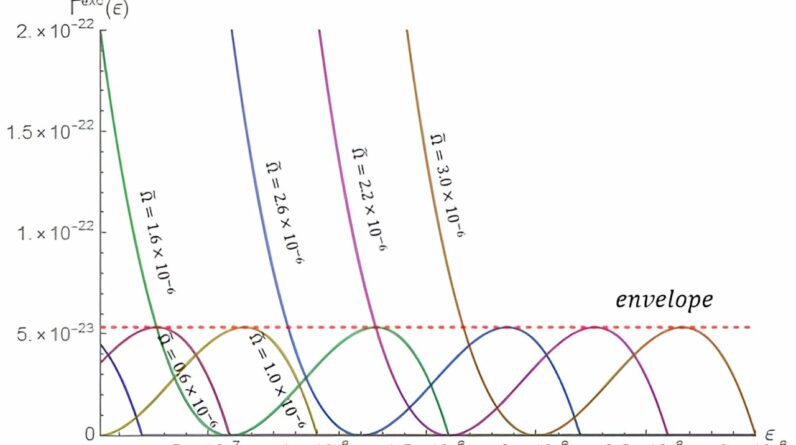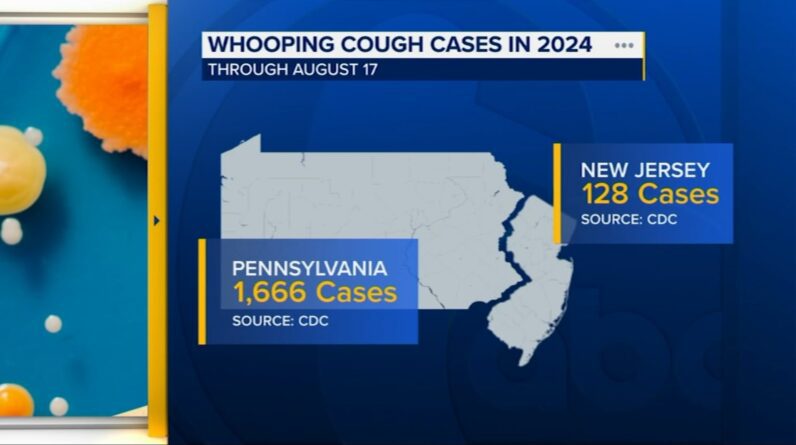
A late-summer COVID surge is adding even more stress to an already busy time of year.
Next week, undervaccinated kids will return to New York City classrooms without many of the precautions that marked previous pandemic-era school years. And the city health commissioner warned this week that the new BA.2.86 variant has arrived and may be more likely to sidestep people’s pre-existing immunity, making people vulnerable to reinfection.
It’s also hard to know exactly how bad the surge will be. Because of changes in how officials and clinics test for and track the virus, old data standbys — cases, test positivity and community transmission levels — don’t mean as much as they once did.
“It really is hard to look at cases and conclude much beyond whether community transmission is on the rise or not,” said Denis Nash, an epidemiology professor at the CUNY Graduate School of Public Health. “It doesn’t really help us quantify what really is a surge.”
So what’s a COVID-conscious New Yorker to do this fall? Nash and another expert suggested consulting more robust measures of COVID transmission, like hospitalizations and the concentration of the SARS-CoV-2 coronavirus in sewage samples. (Gothamist has retooled its own COVID stats page to reflect this advice. You can check it out here.)
[–>
[–>
Testing trends
The number of COVID cases reported by the New York City Department of Health used to be the barometer for community transmission. Case counts and case rates led city, state and federal data dashboards in the early years of the pandemic. But the popularity of at-home tests has made those metrics less and less reliable, said Dr. Wafaa El-Sadr, a professor of epidemiology at Columbia University’s Mailman School of Public Health and principal investigator at the city’s Pandemic Response Institute.
“We can watch the numbers of cases, but we have to keep in mind that those are largely undercounting,” she said.
The end of the federal public health emergency for COVID-19 has a impacted the accuracy of case counts and test positivity, experts and city health officials said, because many labs have stopped reporting positive tests. The Centers for Disease Control and Prevention dropped the case collection requirement along with the resulting rates for its data dashboard, opting instead to focus on hospitalizations and deaths. El-Sadr said that these measures of severe disease are more important and accurate measures of the pandemic’s influence over time.
[–>
[–>
As of late August, 524 people in New York City were hospitalized with COVID-19, according to data from the state health department. That’s more than triple the number of COVID-positive hospital patients at the end of June, but still well below last winter’s peak. (It’s also important to note that many of those patients aren’t hospitalized for COVID specifically — they were admitted for another reason but then tested positive.)
Waste-watchers
El-Sadr, Nash and other experts are urging New Yorkers to look to the sewers for another useful source of outbreak data. The concentration of the virus in NYC’s wastewater provides a vital glimpse into the pandemic’s spread, but Gothamist and MuckRock reported earlier this year that city health officials may not be using the information to its fullest potential.
[–>
Wastewater is most useful when you look at trends over time, health experts said. Here, data from a sampling station in Brooklyn shows a recent uptick in transmission.
New York State Department of Health
“Wastewater is very, very important because it’s unbiased,” El-Sadr said. “It’s everybody in the community who’s shedding. It’s not dependent on who gets tested.” Sewage samples can also help health officials track variants even as official testing declines, she added.
Wastewater data is available on the state health department’s website, but it can be difficult to interpret snapshots because each wastewater sampling station’s COVID level is described in relation to past data. El-Sadr and Nash recommend looking at county-level trends over time, which can give a better sense of current transmission patterns. (Gothamist is still waiting on a live feed of this data to add it to our own dashboard, but state health officials said one should be available over the next few weeks.)
Varying vaccinations
Just as we track the spread of COVID-19, we should also be assessing the population’s resistance to it, Nash and El-Sadr said. But the classic primary-series vaccination rate — casually/colloquially known as “full vaccination” — becomes less meaningful as the pandemic and virus evolve.
Instead, Nash recommends that concerned members of the public focus on the proportion of New Yorkers who are up-to-date on their COVID vaccines. That means that they’ve received at least one dose of the most recent booster. Just 16% of New Yorkers have gotten the bivalent booster since it came out a year ago, and a new one is expected to be released in September.
[–>
[–>
Social cues
One surprising data source recommended by our experts is your own social network. It’s easy to disregard a photo of a positive at-home test when it pops into a Facebook or TikTok feed, but take heed when a few appear over a short time.
“It’s important to pay attention to what’s going on around you,” Nash said. “If people in your workplace, social circle are getting sick, that means it’s around you and it’s time to think about taking certain precautions in social situations.”
[–>
Nash said he will take extra precautions before seeing an elderly family member or meeting with a colleague who’s susceptible to severe disease. He also recommends keeping at-home COVID tests on hand and to test multiple times if you’re experiencing symptoms. That’s particularly important for families with school-age kids: “Kids are disease amplifiers,” he said, chuckling. “That’s how I’ve gotten COVID a few times.”
El-Sadr said that the new, limited data landscape makes it harder to assess COVID risk and adjust your behavior accordingly.
“Now it’s a lot more complex than it used to be,” she said. “We have to find ways we can pull together all these different metrics into an analysis that helps people think about what they should do tomorrow.”
Check out our newly updated COVID data dashboard for regular updates on hospitalizations, variants and booster rates.






